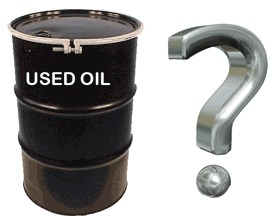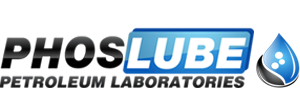Used Oil
 Used Oil Analysis
Used Oil Analysis
Used oil is essentially any petroleum product refined from crude oil or any synthetic oil that has been used and contaminated through certain applications. At standard temperatures used oil is a free flowing liquid and typically has a flash point of 100 degrees F or greater. Used oils can be collected from automobiles via crankcase oils, transmission fluids, and power steering fluids. Used oils are also collected from hydraulic, compression, and evaporator applications. Industrial and commercial businesses that generate used oil typically adhere to state waste management regulators and end up allowing companies that specialize in hazardous waste to remove and dispose their accumulated used oil accordingly. Used oil is either burned, reused, or processed after it’s collected. Used oil generators typically will burn their own used oil on site or burn off site generated used oil. In most cases the used oil will need to be tested prior to burning. The most common constituent analyzed in used oil prior to burning is total halogens. Another common constituent in used oil analysis are Polychlorinated Biphenyls (PCB’s). PCB’s are a group of toxic chemicals that were once used in transformers and capacitors for insulation/coolant purposes. PCB’s were also used in gas pipeline systems as a lubricant. There are several other used oil tests that are recommended and sometimes required, depending on the state regulations. Phoslube Petroleum Laboratories specializes in used oil analysis. The Phoslube staff has been immersed in the used oil industry for years and possess extensive knowledge regarding used oil analysis.
